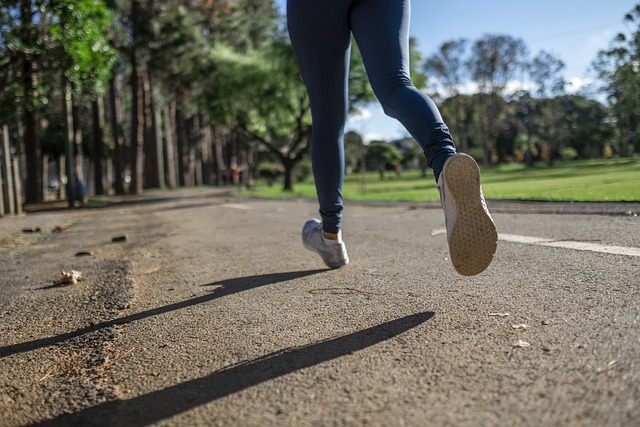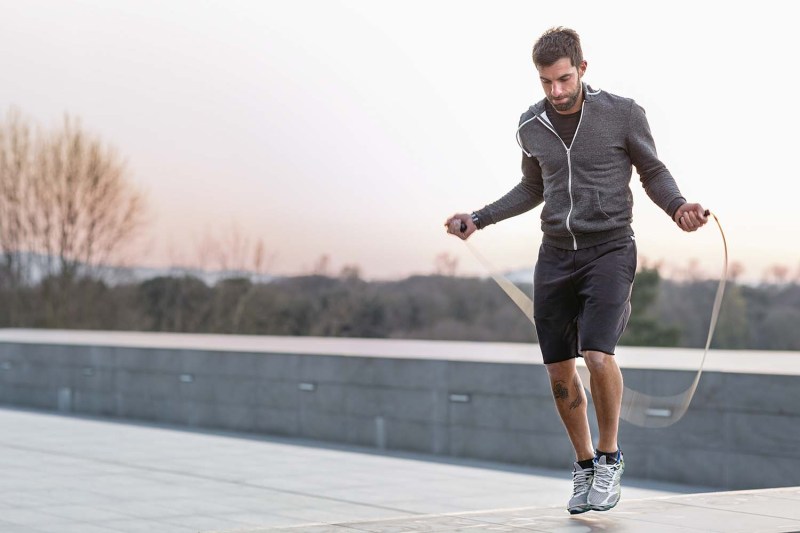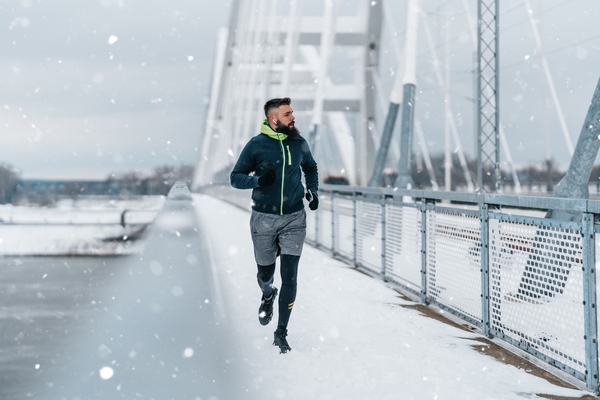
Running is the original type of cardio workout. You either love it or you hate it, but even those who hate it can’t deny its benefits. Running helps you lose fat, build strong bones, and strengthen muscles, and some people even experience a “runner’s high,” which they describe as a feeling of euphoria that also comes with reduced anxiety.
Certainly, it is beneficial, but running workouts do not provide a well-rounded and complete routine. Some would argue that running puts the body through a limited range of motion while following a linear, repetitive path that can keep your muscles locked and stiff. But if it’s something you enjoy, this shouldn’t stop you from running. Luckily, there are activities that you can add to your running workout plan if you’re looking for results like increased speed, strength, and agility.

Best exercises for runners, according to Nick Willis
We tapped two-time Olympic medalist and Athlete Experience Manager at Tracksmith, Nick Willis, to fill us in on the best exercises for runners that don’t actually involve going for a run.
Willis recommends performing these six running exercises after a run or on a non-running day. These six exercises require no equipment and can be performed anywhere. Short on time? Opt for No. 6, which includes fast-twitch muscle activation, increases your range of stretching, and forces you to work on your posture and form. After a few weeks, you’ll definitely see the effects of these running workouts on your mile time.
Adding all six running exercises to your fitness regimen will work to increase agility, power, and strength. Because who doesn’t want to run faster, hurt less, and train like an Olympic runner?

Skip
Equipment: None
Reps: One set of 20 (10 on each leg) at the immediate conclusion of every run
You need about 8 yards of open space. It’s a high knee skip done in place, with only minimal forward movement. Stand tall, feet together, then bring one knee up high towards your chest. The apex of your high knee coincides with the landing of your supporting leg (from its skip jump). Bring your leg down with the next mini skip jump, and then repeat with the other leg.

High-knee karaoke drill
Equipment: None
Reps: 3 sets of 4 in each direction, four times per week
This is a sideways running movement where you bring your trailing leg around in front of you and let your front leg shuffle behind. Adding high knee action to your trail leg and bringing it past your chest really helps activate your adductors and hip flexors, while also increasing your range of motion.

Single-leg calf raises
Equipment: None
Reps: Two sets of 20 on each leg.
The stronger our lower limbs are, the more injury-resilient they become, and the more power they can generate for faster running on your toes. Single-leg calf raises provide general strengthening. Stand on the edge of a step on one foot and lightly hold on to a wall or door frame for balance. Press up on your toes and hold at the top for 3 seconds before coming back down. Try these leg exercises for men if you want more burn.

Jump rope
Equipment: Jump rope (optional)
Reps: Three sets of 60 seconds, three times per week
We’re still strengthening our lower limbs, and jump rope gives them plyometric power. Start jumping rope and try to limit movement in legs and get your spring using your ankle and foot mobility.

Split squat jumps
Equipment: None
Reps: Two sets of four, twice a week
Stand tall with one foot in front and one foot behind about 2 feet apart like you are about to dip into a squat. Crouch by bending your knees and then jump as high as you can using your arms to throw yourself in an upward motion. Land with both feet together. This works on explosive power recruiting fast-twitch fibers to help your top-end running speed.
Fun fact: Willis is like the rest of us — there’s always one exercise we dread doing. He personally hates splits squats. “I never feel like I’m able to get far off the ground, especially at the end of the set.” See, we all hate working out a little, even professional athletes.

Hill sprints
Equipment: None
Reps: One set of four to six sprints, 10 seconds each, once a week
Find a steep hill, sprint up as fast as you can for 10 seconds, maintaining a tall posture and focusing on keeping your hips and feet pointing forward (there is a tendency to splay your feet out like a duck and twist your hips when sprinting uphill). This will activate your fast-twitch fibers and develop specific power that will make you more efficient and faster when running on a flat surface.

Running tips
Invest in a good pair of running shoes that fit your feet and running style. Warm up before you run and cool down afterward. This will help prevent injuries. Also, focus on your form. Keep your head up, your shoulders relaxed, and your core engaged. Run on a variety of surfaces, which will help keep your workouts interesting and challenge different muscle groups. Always listen to your body. If you’re feeling pain, stop running and take a rest.
And remember, before performing any of the running exercises above, don’t rush through them, and “make sure these exercises are done on good recovery so you can maintain good form and posture,” Willis told us. Rushing into them can cause injuries, so be sure to take your time and have the right workout gear to avoid running problems. And if you’re running at night, be sure to dress for the weather and make yourself illuminated in the winter darkness.
Now let’s kick up some dirt.
Editors' Recommendations
- This is the best pull day workout routine for size and strength
- 5 effective resistance band back exercises to add to your workout
- 6 essential exercises that will help you get better at pull ups
- 10 essential exercises for men to build their glutes
- When is the best time of day to walk? After this activity


